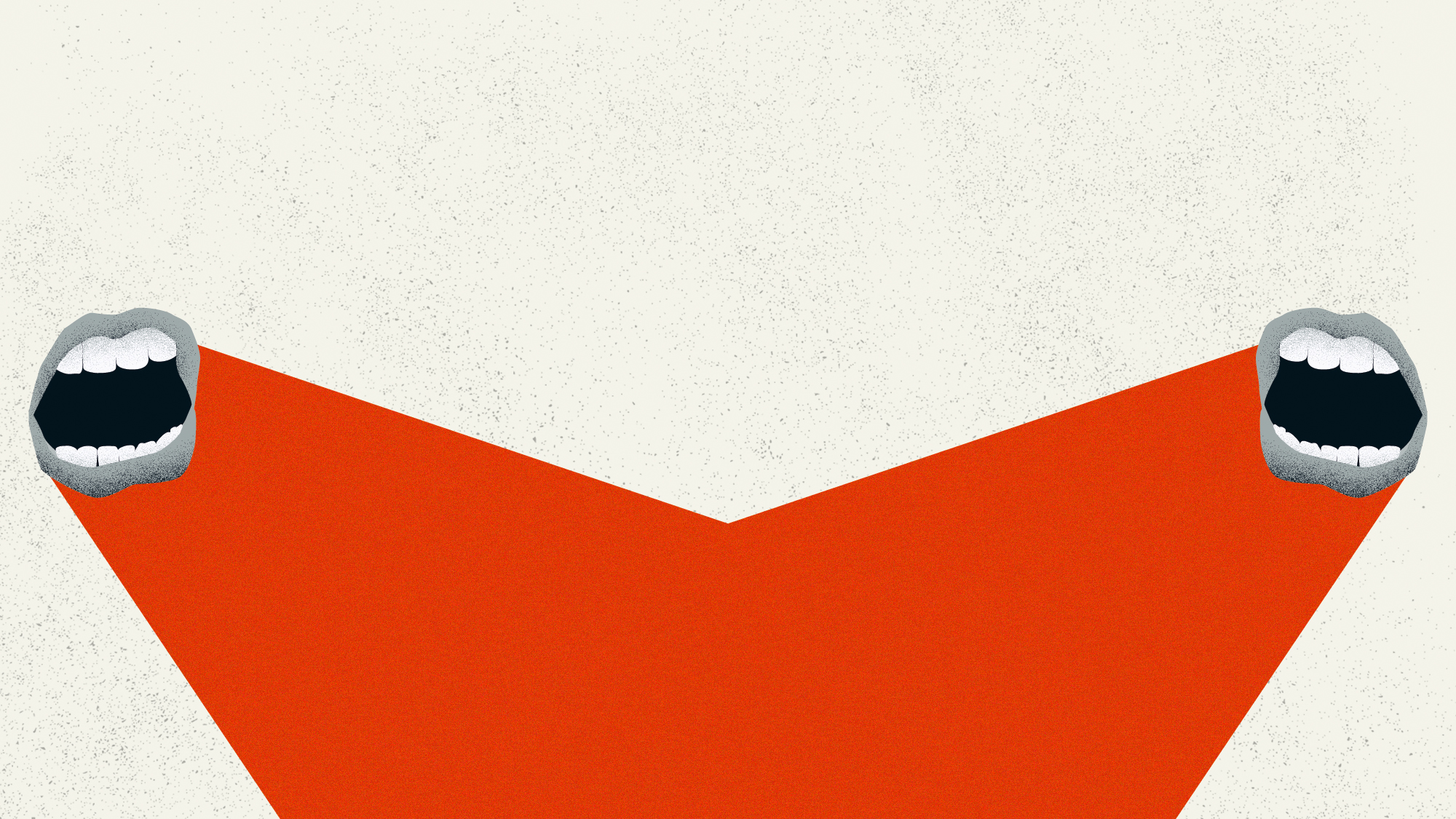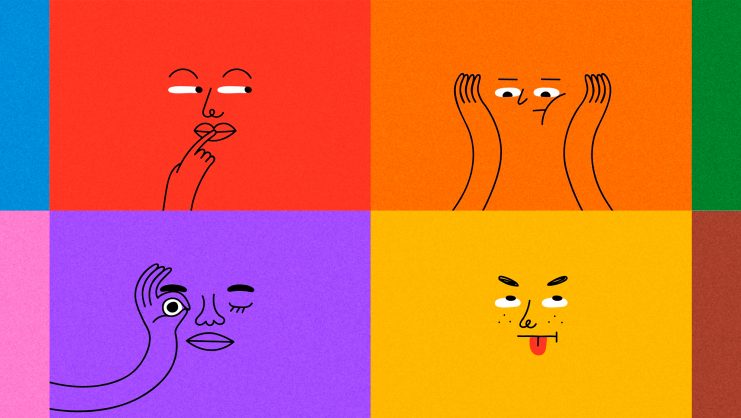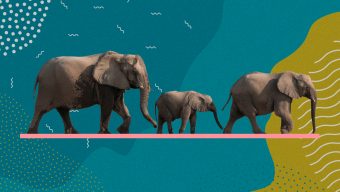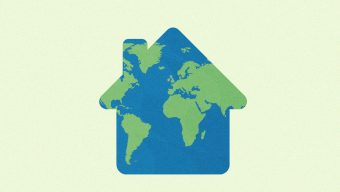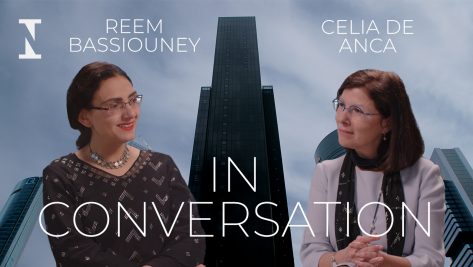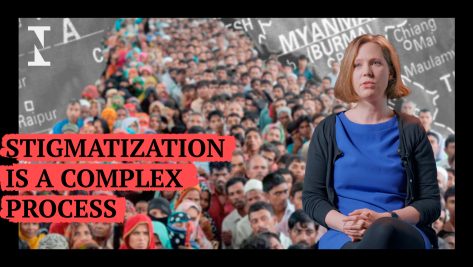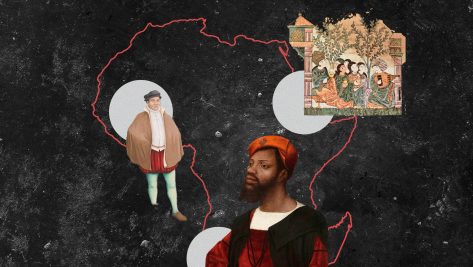There is considerable overlap between the disabled and LGBT+ communities and, in fact, according to a survey by the HRC Foundation, LGBTQ+ people are more likely to be disabled than non-LGBTQ+ people. In the United States, for example, 36% of LGBTQ+ people in general and 56% of transgender people are disabled and the correlation is even more pronounced in regards to mental illness and cognitive disability, which is more than twice as common amongst LGBT+ people than their cisgender, heterosexual peers.
Given the relationship between tolerance and better mental health resources and outcomes, much of the overlap between the disabled and the LGBT+ communities could be explained by the effects of discrimination. Research from Charité in Berlin shows that a country’s acceptance of sexual minorities such as lesbian, gay, and bisexual people has an impact on suicide rates within the community, and that those in less tolerant countries are at a higher risk for suicide. This suggests that intolerance contributes to psychological distress, which could cause or worsen conditions such as depression.
There are additional correlations between mental health and the LGBTQ+ community that, while they warrant further investigation, point to the need for increased support for the community. For example, autistic people are disproportionately likely to experience gender dysphoria. Research led by Varun Warrier at the University of Cambridge found that in comparison to their cisgender peers, transgender and gender-diverse individuals have higher rates of autism and autistic traits as well as related neurodevelopmental and psychiatric conditions. Regardless of the causes behind the overlap between the two communities, the effects are clear. Disabled LGBT+ people are at risk of double discrimination.
It is well-known that both the LGBT+ and disabled communities face significant bias. In addition to elevated suicide rates, both communities have higher rates of unemployment and poverty than the general population. This is, frankly, unsurprising. The minority stress model – first developed in 1995 by Illan Meyer in his work related to the stress and mental health of gay men – is now used to explain the higher rates of mental health issues in the LGBT+ community at large, positing that repeated experiences of discrimination, self-stigma, and the need to hide one’s identity leads to psychological distress in minority groups. The model has since been further extended to other groups, including disabled people.
It stands to reason that people who possess multiple marginalized identities will encounter more frequent discrimination than their peers who only possess one, leading to worse outcomes across the board. Research from La Trobe University in Melbourne shows that disabled LGBTI people face more hate crimes and are more socially isolated than those who are only LGBTI or only disabled. Intersectional models of oppression posit that multiply-marginalized people do not only face each type of discrimination separately but the forms of bigotry compound and interlock to create distinct experiences of oppression. Because there are many different types of disability, as well as many different identities within the LGBT+ umbrella, the ways in which disabled LGBT+ people might experience double discrimination varies on their specific identities and conditions.
Well-intentioned social justice movements can exclude their most marginalized members out of sheer thoughtlessness.
There is a worrying tendency to dismiss LGBT+ identities on the basis of psychological differences, as Alex Toft and Anita Franklin detail in their book Young, Disabled, and LGBT+. Mentally ill and neurodivergent people are often perceived as more naive, childlike, and incompetent than they actually are. Some anti-trans activists have used this perception to argue that neurodivergent and disabled young people can’t fully understand non-cisgender and non-heterosexual identities. As a result, gender dysphoria and same-sex attraction can be dismissed as unusual special interests or even the result of manipulation. Homophobic and transphobic movements have even portrayed disabled people as in need of protection from the imposition of LGBT+ identities. This implies not only a perception of disabled people as lacking agency but also of LGBT+ identities as being inherently abnormal, damaging, or at the very least more difficult to understand than the default assumption of cis heterosexuality.
The desexualization of disabled people contributes to the perception that they are not gay or bisexual. This is because refusing to acknowledge that disabled people may also be interested in sex inherently implies that they cannot experience same-sex attraction. Additionally, there is a eugenicist view that disabled people should not reproduce. The combination of these ableist narratives has led to many disabled young people receiving inadequate sex education because they are simply perceived as not needing it.
Activists have rightly challenged this myth and campaigned for comprehensive, disability-specific sex education. However, the language used to do this sometimes excludes asexual disabled people, either implicitly or expressly. Mild examples involve implying that sexual attraction is a universal human experience. While not overtly discriminatory, such statements can inadvertently imply everyone is allosexual. Sadly, the asexual community is also guilty of using ableist language in order to push back against damaging myths. A lack of sexual attraction was classified as a disorder by the DSM as recently as 2013 and, to counter this perception, some asexual people have understandably focused on proving that there is nothing “wrong” with them. This language, however, thoughtlessly excludes the community’s disabled members.
This is a strategy which is used far too often by the LGBT+ movement as a whole. Most if not all identities within this umbrella have been classified as a mental illness at some point in the past century. The US, for example, considered homosexuality a disorder as recently as 1973. LGBT+ activists pushed back on the idea that their identities were an illness, but this argument unwittingly implied that mental disorders should not be accepted and normalized in the same way as LGBT+ identities.
These examples illustrate how well-intentioned social justice movements can exclude their most marginalized members out of sheer thoughtlessness. Taking the time to analyze different perspectives and frameworks of oppression can prevent the use of stigmatizing language and concepts. For example, incorporating LGBT+ perspectives can help activists in the disability rights movement use inclusive language. Meanwhile, an understanding of the disabled perspective might encourage able-bodied LGBT+ activists to consider access needs in their events and venues – as well as encourage them to call out the ableism behind some anti-LGBT+ narratives instead of accidentally reinforcing it.
There is evidence that social support can improve outcomes (particularly those related to mental health) across disability groups and for LGBT+ people. Unfortunately, people who are LGBT+ and disabled don’t always receive that support. Not only do they face double discrimination from the general population, but also ableism in LGBT+ spaces and queerphobia in disabled spaces.
In an interview with the BBC, a gay, disabled activist described how this left him feeling that he belonged nowhere and had no identity. Both communities can and should do better by their disabled LGBT+ members. At the very least, they must consider inclusive language and access needs to minimize exclusion and microaggressions in their own spaces. More ambitious – but hardly impossible – the disabled and LGBT+ communities should work together to address the unique needs and challenges that their more marginalized members face. No one should feel as though they don’t belong anywhere, especially in those spaces that are intended to help them.
© IE Insights.



